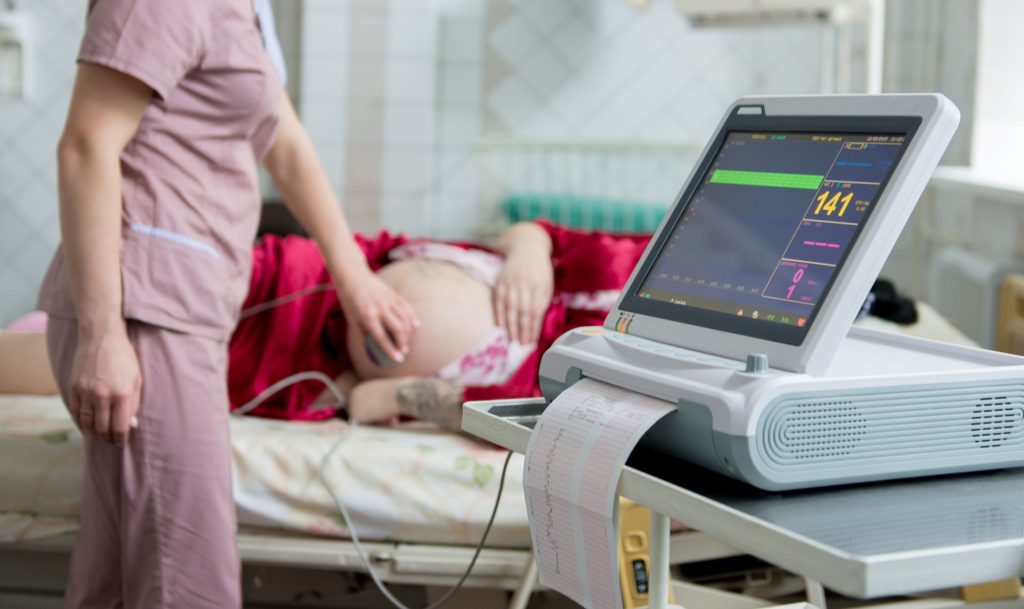The placenta is created by your body during pregnancy to pass nutrients to your fetus through the umbilical cord. Most commonly, the placenta attaches posteriorly – behind your baby towards your back. Sometimes, it can attach to your uterine lining in front of your baby towards your abdomen. This is also known as an anterior placenta. This article will review what is an anterior placenta and how it may affect your pregnancy.
1. For the majority of cases, pregnancy and childbirth will go uncomplicated
Having an anterior placenta does not mean that you will have pregnancy complications – the majority of women who have it experience healthy pregnancies and deliver their babies without intervention.
2. Anterior placentas may make it harder to feel your baby move
If your placenta is at the front of your belly, it goes without saying that you may have a harder time feeling your baby move. Since movement is a good indicator of fetal well-being, it will be important for you to learn how to tell if your baby is moving enough.
You can practice fetal kick counts by lying on your left side in a quiet room, and counting the movements felt. You should feel at least 6 movements within 2 hours.
3. Anterior placentas can make getting an amniocentesis difficult
Having a placenta attached to the front of your uterus can make it hard for providers to perform an amniocentesis, though studies do show it does not increase the risk of fetal loss. An amniocentesis is a procedure where a long needle is inserted into the uterus through the abdomen. Amniotic fluid samples are collected using ultrasound guidance.
Since amniotic fluid contains a small number of fetal cells, it can be tested for fetal chromosomal abnormalities, infections as well as even to determine the sex of your baby. Not all pregnant women need to have an amniocentesis, and the risks and benefits should be discussed with your health care provider.
4. Anterior placenta placement may increase the chances of your baby being in the occiput posterior position

Since your baby’s belly button is attached to the placenta by the umbilical cord, he/she most likely will be facing the placenta. If the placenta is anterior, that means that the back of your baby’s head has a higher chance of being posterior. During birth, this position is better known as occiput posterior (OP). When a baby is delivered occiput anterior, the back of your baby’s head, the most narrow part of the baby’s head due to the molding of the skull bones, is delivered first. If your baby is in an OP position, the head is flipped upside-down, thereby increasing the risk for stalled labor, increased birth complications, and the need for an assisted delivery.
5. An anterior placenta is more common after a cesarean section

After a cesarean section incision heals, a line of scar tissue on the uterine wall is left. For future pregnancies, there is an increased chance that your placenta will grow on or near this scar tissue. Cesarean sections also increase the chance of developing placenta accreta, where the placenta grows into the uterine lining making it difficult to detach after birth.
While having an anterior placenta can (not always!) come with some challenges, the most important thing is to know the potential risks so you can feel empowered during your pregnancy, labor and birth. If you have found out that your placenta is anterior, speak with your healthcare provider to discuss your case.
Want some help preparing to breastfeed? Book a one-on-one session with me!




0 Comments